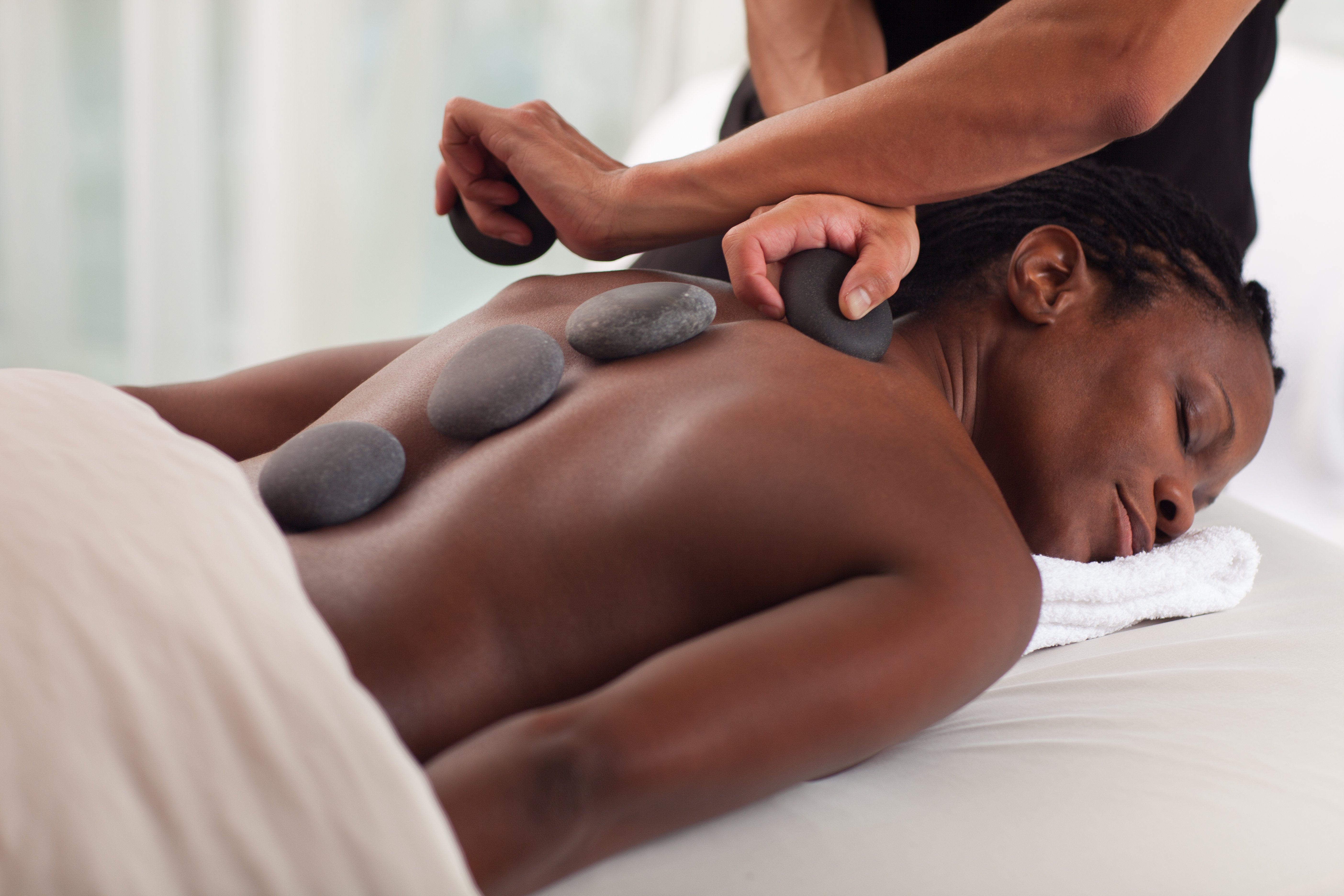
Reflexology, an old recovery practice that dates back thousands of years, has actually obtained restored rate of interest in the modern globe as people seek different approaches for boosting their health and wellness. 秋葉原 is based on the principle that details factors on the ears, feet, and hands represent different organs and systems within the body. By using pressure to these factors, practitioners intend to promote recovery, relieve tension, and recover balance to the body.
The origins of reflexology can be mapped back to old human beings, consisting of Egypt and China. A pictograph discovered in the burial place of an Egyptian medical professional, dating around 2330 BC, shows what shows up to be a reflexology therapy. Over the centuries, numerous societies have actually established their own forms of pressure point therapy, however it wasn’t up until the very early 20th century that reflexology as we understand it today began to take shape.
Dr. William Fitzgerald, an American ear, nose, and throat physician, is credited with introducing “zone treatment” to the Western globe in the very early 1900s. His work was later improved and increased upon by Eunice Ingham, often referred to as the “mom of modern-day reflexology.” Ingham developed topographic maps of response points on the feet and hands, which form the basis of contemporary reflexology methods.
The core belief in reflexology is that the body is interconnected, which by boosting certain reflex points, one can influence the performance of equivalent body organs and systems. The suggestions of the toes are thought to match to the head, while the sphere of the foot is connected with the breast and lung area. By applying pressure to these locations, reflexologists intend to clear energy clogs, improve flow, and promote the body’s natural healing procedures.
While clinical research on reflexology is ongoing, many individuals report experiencing a variety of advantages from regular sessions. These might consist of decreased anxiety and stress and anxiety, boosted rest top quality, improved circulation, and alleviation from different kinds of pain, consisting of frustrations and menstruation pain. Some individuals likewise discover reflexology handy in handling signs and symptoms related to chronic problems such as fibromyalgia and arthritis.
A common reflexology session typically lasts between 30 minutes to an hour. The expert will certainly start by analyzing the client’s health and wellness background and existing issues. The treatment itself involves using varying degrees of pressure to particular points on the feet, hands, or ears, depending upon the sort of reflexology being practiced. Lots of people find the experience deeply enjoyable and may also go to sleep throughout the session.
It’s important to keep in mind that while reflexology can be a beneficial enhance to traditional clinical treatment, it needs to not be considered as a replacement for expert medical advice or treatment. Always talk to a health care company prior to beginning any type of brand-new health and wellness regimen, especially if you have pre-existing clinical conditions or are expecting.
As interest in alternative wellness techniques remains to expand, reflexology is most likely to keep its appeal as a gentle, non-invasive method to advertising overall well-being. Whether you’re seeking stress and anxiety alleviation, pain management, or merely a way to kick back and recharge, exploring the old art of reflexology could simply be the step towards better health and wellness you’ve been looking for.
Over the centuries, numerous cultures have developed their very own kinds of pressure point therapy, however it wasn’t till the early 20th century that reflexology as we recognize it today started to take form.
Ingham created detailed maps of reflex points on the feet and hands, which develop the basis of contemporary reflexology techniques.
The core idea in reflexology is that the body is interconnected, and that by stimulating particular reflex factors, one can affect the functioning of matching body organs and systems. The therapy itself entails applying differing degrees of pressure to certain factors on the hands, feet, or ears, depending on the type of reflexology being exercised.